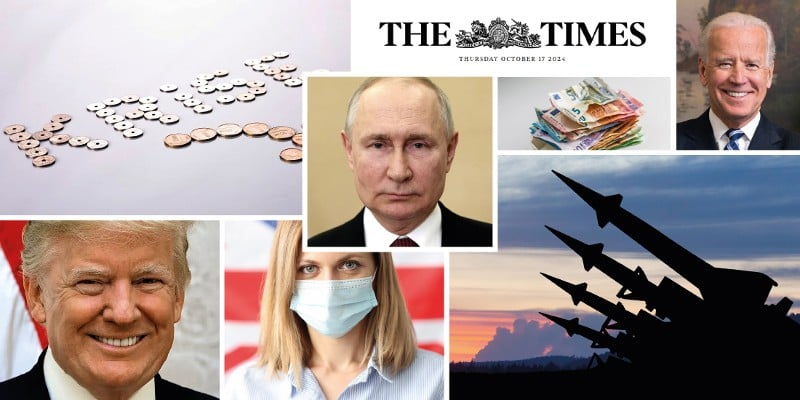Summary: A comprehensive analysis of The Times newspaper spanning 235 years shows that while actual crisis events have only modestly increased, crisis-related news coverage has grown dramatically. Researchers identified over 1,000 crisis events but found that modern media’s use of crisis rhetoric far outpaces the occurrence of actual crises.
Journal of Communication, September 18, 2024, DOI: 10.1093/joc/jqae033 | Reading time: 4 minutes
From financial downturns to global pandemics, the world seems to lurch from one crisis to another. But new research suggests our perception of constant crisis may have more to do with how media covers events than the events themselves.
Tracking Centuries of Crisis Coverage
A team of researchers analyzed crisis coverage in The Times newspaper dating back to 1785, using advanced computational text analysis to process vast amounts of historical data. The study identified more than 1,000 different crisis events across 20 categories, including government crises, geopolitical conflicts, economic troubles, epidemics, and disasters.
“News coverage involving crisis rhetoric and the number of crisis events has been much greater in the last two decades than it was previously,” explains Stefan Geiß from the Norwegian University of Science and Technology. The research revealed that while major crisis-related news waves occurred about four times per year historically, modern coverage shows a different pattern.
Understanding the Surge
The researchers identified three key factors driving increased crisis coverage: intensified crisis public relations from professional interest groups, broader public spending across multiple sectors, and greater media independence from political parties.
“Crisis coverage keeps the public engaged while pushing many other pressing issues to the sidelines,” notes Geiß. This shift in attention can overshadow gradual but significant developments, such as growing economic inequality or slow-burning humanitarian crises.
Modern Media Dynamics
The study found that crisis events now tend to cluster together rather than spread evenly over time. To verify their findings, the researchers compared The Times data with other major publications including The Guardian, The Economist, Neue Zürcher Zeitung, and The Washington Evening Star.
Glossary of Terms
- Crisis rhetoric: Language that frames events as urgent, serious threats requiring immediate attention
- News wave: A surge in media coverage about a particular topic or event
- Crisis PR: Public relations efforts aimed at portraying situations as crises
- Mediatization: The process by which media increasingly influences other social institutions
Test Your Knowledge
How many different types of crises did researchers identify in their study?
20 different types of crises
How often did major crisis-related news waves occur historically?
About four times per year
How many years of newspaper coverage did the study analyze?
235 years (from 1785)
What are the three main factors driving increased crisis coverage?
Intensified crisis PR, broader public spending across sectors, and greater media independence from political parties
Enjoy this story? Get our newsletter! https://scienceblog.substack.com/


